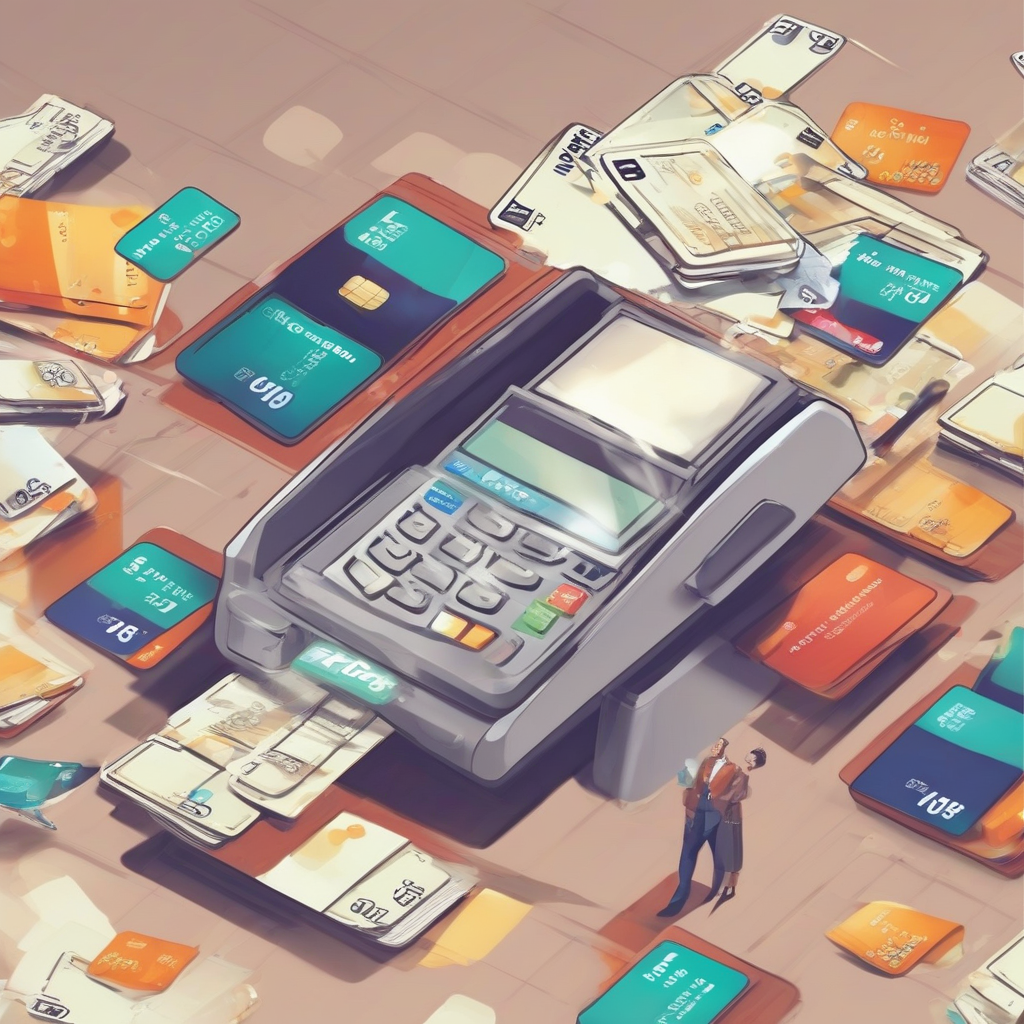Unlocking Financial Freedom: A Comprehensive Guide to 0% Transfer Credit Cards
0% balance transfer credit cards offer a powerful tool for managing debt and saving money. Understanding their intricacies is crucial to leveraging their benefits effectively. This comprehensive guide explores everything you need to know about these cards, from application to responsible repayment.
Understanding 0% Balance Transfer Credit Cards
A 0% balance transfer credit card allows you to transfer existing high-interest debt from other credit cards to a new card with a promotional interest rate of 0% for a specified period. This introductory period, often ranging from 6 to 21 months, provides a valuable opportunity to pay down your balance without incurring additional interest charges. This can significantly reduce the overall cost of your debt and accelerate your journey towards financial freedom.
- Key Benefit: Eliminates interest charges during the promotional period.
- Strategic Tool: Helps consolidate debt and simplifies repayment.
- Financial Savings: Allows you to allocate more of your payments towards principal.
Factors to Consider Before Applying
While 0% balance transfer cards offer significant advantages, careful consideration of several factors is crucial before applying:
- Interest Rate After the Promotional Period: Understand the interest rate that will apply once the 0% period ends. This rate can be significantly higher than other cards, making it essential to pay off the balance before the promotional period expires.
- Balance Transfer Fees: Many cards charge a fee for transferring balances, typically a percentage of the transferred amount (e.g., 3-5%). Factor this fee into your calculations to determine the overall savings.
- Credit Score Requirements: 0% balance transfer cards often have stricter credit score requirements than standard cards. Check your credit score beforehand to assess your eligibility.
- Promotional Period Length: The length of the 0% promotional period is crucial. Choose a card with a sufficiently long period to allow ample time for repayment.
- Annual Fees: Some cards charge annual fees, potentially offsetting some of the interest savings. Consider cards with no annual fees or low annual fees.
- Spending Limits: Ensure the card’s spending limit is sufficient to cover your existing debt.
- Credit Utilization: Transferring a large balance can temporarily increase your credit utilization ratio, potentially affecting your credit score. Aim to pay down your balance consistently to minimize this impact.
Choosing the Right 0% Balance Transfer Card
Selecting the appropriate card necessitates comparing offers from various issuers. Consider these aspects:
- Promotional Period Length: Prioritize longer promotional periods for more repayment flexibility.
- Balance Transfer Fee: Opt for cards with the lowest or waived balance transfer fees.
- Annual Fee: Favor cards with no annual fee.
- APR after Promotional Period: Compare the post-promotional APRs to ensure it aligns with your repayment plan.
- Rewards Programs: If applicable, consider cards that offer rewards to maximize your benefits.
- Credit Limit: Ensure the credit limit meets your needs.
Application Process and Approval
The application process generally involves providing personal information, employment details, and income information. Lenders conduct credit checks to evaluate your creditworthiness. Factors impacting approval include your credit score, credit history, income, and debt-to-income ratio. A higher credit score generally improves your chances of approval.
- Complete the Application: Provide accurate and complete information.
- Credit Check: Expect a credit check as part of the application process.
- Approval or Denial: You’ll receive notification of approval or denial within a few days.
- Activation: Activate your card once approved.
- Transferring Your Balance: Follow the instructions provided by your card issuer to transfer your balances from other accounts.
Strategic Repayment Planning
Effective repayment planning is essential to maximize the benefits of a 0% balance transfer card. Creating a realistic repayment schedule is critical to avoid incurring interest charges once the promotional period ends.
- Determine Your Minimum Payment: Understand your minimum payment requirement.
- Calculate Accelerated Payments: Determine how much you can pay beyond the minimum to expedite repayment.
- Create a Repayment Schedule: Develop a schedule outlining your payments and projected payoff date.
- Automate Payments: Set up automatic payments to avoid missed payments and potential late fees.
- Monitor Your Progress: Regularly monitor your progress to ensure you’re on track to meet your goals.
- Budgeting and Financial Planning: Incorporate your debt repayment into your overall budget.
Avoiding Common Pitfalls
Several common mistakes can negate the advantages of 0% balance transfer cards. Avoiding these pitfalls is crucial to achieving debt reduction goals.
- Ignoring the Expiration Date: Failing to pay off the balance before the 0% period expires can result in substantial interest charges.
- Making Only Minimum Payments: Minimum payments often extend the repayment period and increase the total interest paid over time.
- Incurring New Debt on the Transfer Card: Accumulating new debt on the card defeats the purpose of debt consolidation.
- Overspending: Using the new card for additional purchases can lead to increased debt and financial hardship.
- Not Considering Fees: Overlooking balance transfer fees can significantly reduce savings.
Alternatives to 0% Balance Transfer Cards
In cases where a 0% balance transfer card isn’t feasible, alternative debt management strategies exist:
- Debt Consolidation Loans: These loans consolidate multiple debts into a single monthly payment.
- Debt Management Plans (DMPs): Credit counseling agencies can help create a plan to manage and repay your debt.
- Balance Transfer Checks: Some financial institutions offer checks that allow you to transfer balances to a new account.
Conclusion (Omitted as per instructions)

